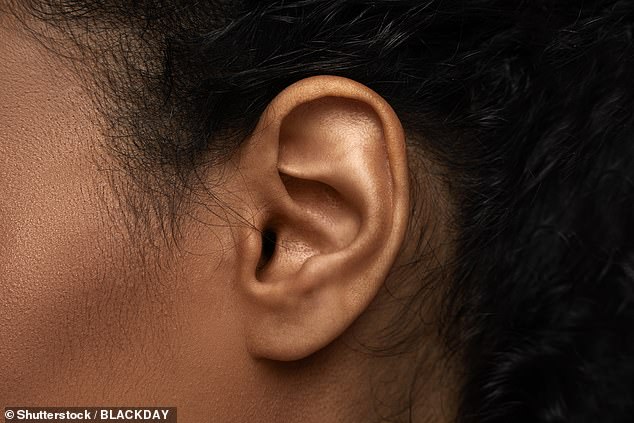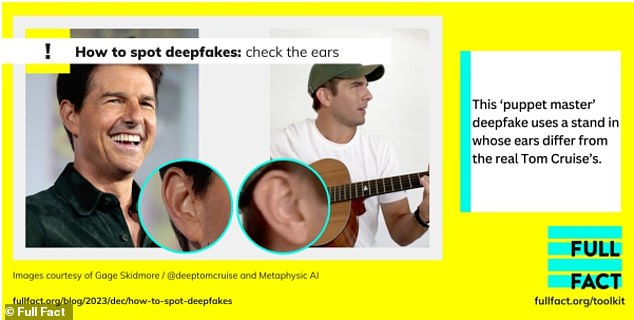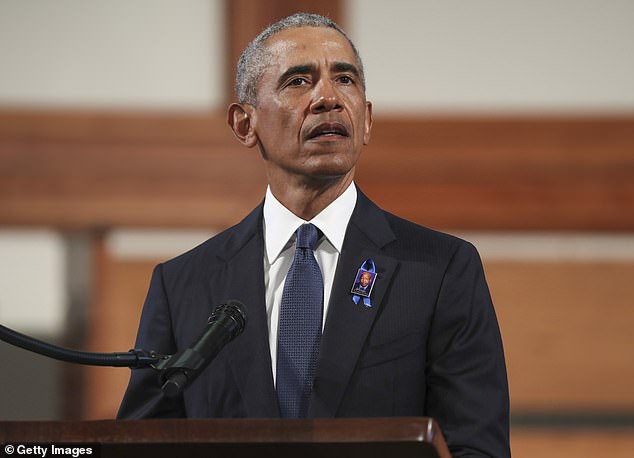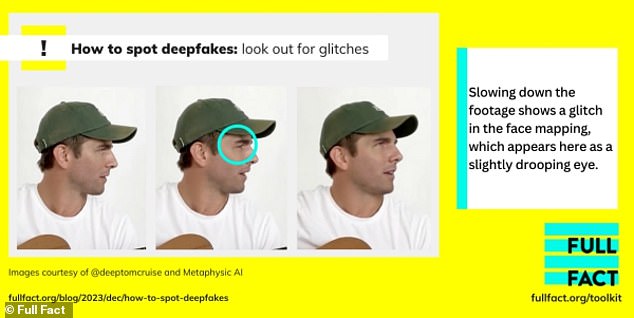Revealed: The 6 key signs that a video is a deepfake – and why you should always pay close attention to the EARS
For years, children have been told not to believe everything they see online – but now we may need to extend this lesson to adults.
That's because we're in the midst of a “deepfake” boom, where artificial intelligence (AI) is being used to manipulate video and audio in a way that mimics real life.
From a hyper-realistic video of Margot Robbie scrubbing the floor to a disturbing video of Vladimir Putin, several bizarre fake videos have made headlines in recent years.
But how do you know that all is not as it seems in these videos?
Experts have revealed the six key signs a video is deep fake, and say you should always pay close attention to your ears.
The term “deepfake” has been used for the past five years, although definitions still vary.
Full Fact, an independent British fact-checking organization, defines a deepfake as “a video or audio created using artificial intelligence tools to at least semi-successfully imitate the face or voice of a public figure.”
With fake videos becoming more common by the day, Full Fact has released a new guide on how to spot deep fake videos.
Chris Morris, CEO of Full Fact, said: “As technology advances, there is no doubt that AI-generated deepfakes are becoming an increasingly common phenomenon on social media and elsewhere online – blurring the line between fiction and reality.”
“Even when there is no evidence that such clips are real, it can be difficult to ascertain whether they were generated by artificial intelligence, edited in some other way, or created by impersonators.”
According to the team, there are six main signs that a video is deep fake.
1. Check the shape of the face (and ears)
One of the easiest ways to tell if a video is a deepfake is to check the shape of the face.
In an interview on YouTube channel Corridor crew“Facial shape is always a gift,” said AI artist Chris Omi.

One of the easiest ways to tell if a video is a deepfake is to check the shape of the face and ears
“In many cases, their measurements are not perfect.
The best thing is to put a picture next to it, or some pictures, and start comparing.'
In particular, Mr. Omi says you should pay close attention to the ears, which are difficult for artists to fake.
2. Can you find the original footage?
If you can't spot any facial shape issues, Full Fact recommends next checking if you can find the original footage.
You can do this by searching for keywords on platforms like Google, YouTube, and TikTok.
However, if the video doesn't have any specific features to look for, Full Fact recommends performing a reverse image search using screenshots of key parts of the video.
3. Scrutinize expressions and behaviors
If the video features a celebrity or public figure, see if you can spot any of their special behaviors.
Professor Hani Farid, forensic imaging expert at the University of California, Berkeley, He calls these “Soft biometrics.”
In a video posted on YouTube, he gave the example of former US President Barack Obama raising his head and slightly frowning when he said “hello everyone” in his weekly speeches.

Experts have revealed the six key signs a video is deep fake – and they say you should always pay close attention to your ears

If the video features a celebrity who is a public figure, see if you can spot any of their private behaviors. Pictured: Former US President Barack Obama
4. Are the eyes parallel?
Deepfakes often have problems with eye alignment, according to Mr. Omi.
“Only in still frames can you detect those (inconsistencies),” he said.
To check the alignment of the eyes, pause the video several times and check if the eyes are looking in the same direction.
5. Look for visual glitches
Deep fake videos may look convincing when a person is facing the camera, but the technology may falter when they turn to the side, according to Full Fact.
“You may be able to spot such errors if you slow down the footage,” Full Fact said.
“This will make it easier to notice any points where the technology fails to perfectly match the AI-generated face to the real part of the video.”

Deep fake videos may look convincing when a person is facing the camera, but the technology may falter when they are turned to the side, according to Full Fact.
6. Is the audio properly synchronized with the video?
Finally, Full Fact recommends analyzing the “voices” – the wide positions of the mouth when making different letter sounds.
“There's a certain shape your mouth makes when you make certain sounds,” Professor Harried said.
“And we hypothesized after looking a lot at some very good lip-sync deepfakes… that sometimes these fake clip matchings aren't quite right.”
If you slow down a fake video in depth, you may be able to notice that the mouth is shaped incorrectly to match the audio.
According to Professor Freed, about a third of deepfake videos contain a mismatch between the sound of M, B or P.
(tags for translation)dailymail
